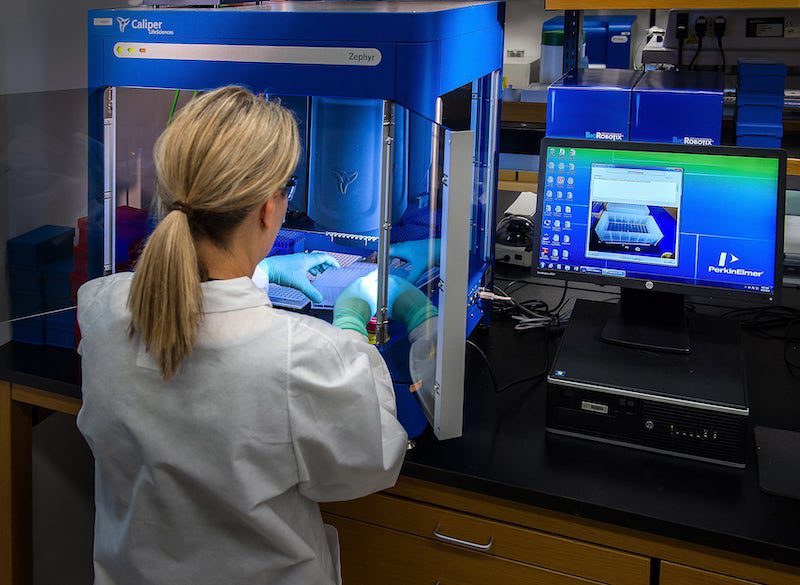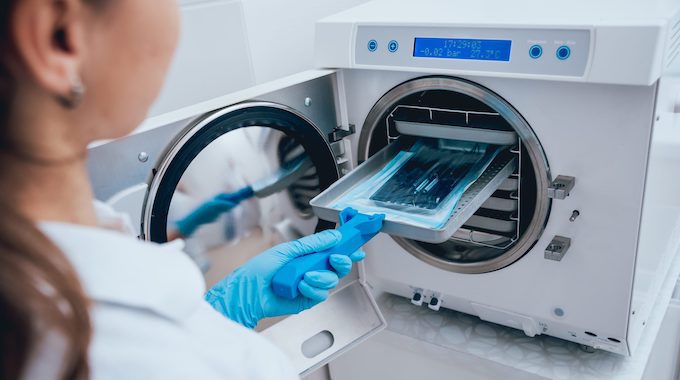- Solutions
ENTERPRISE SOLUTIONS
Infuse new product development with real-time intelligenceEnable the continuous optimization of direct materials sourcingOptimize quote responses to increase margins.DIGITAL CUSTOMER ENGAGEMENT
Drive your procurement strategy with predictive commodity forecasts.Gain visibility into design and sourcing activity on a global scale.Reach a worldwide network of electronics industry professionals.SOLUTIONS FOR
Smarter decisions start with a better BOMRethink your approach to strategic sourcingExecute powerful strategies faster than ever - Industries

Compare your last six months of component costs to market and contracted pricing.

- Platform
- Why Supplyframe
- Resources
The medical device industry has experienced a monumental challenge in 2020. With the sudden surge of demand for critical devices like ventilators, medtech is poised to experience radical shifts as the year progresses, and long into the future. Beyond the implications of COVID-19, other trends are also showing a shift towards new technologies that could have lasting benefits.
As always, it’s important to stay aware of trends in the industry, to better inform new product introduction and other sourcing efforts. Let’s explore the most significant trends for medtech in 2020 and beyond.
5 Ways Medical Devices are Changing and Evolving in 2020
The intersection of technology and healthcare has transformed how we diagnose and treat all manner of different conditions and diseases. Devices like these face stricter regulations and mounting pressure to innovate.
New trends are showing the opportunities available to those who are seeking the next big breakthrough in medical device technology:
Robotics on The Rise
Collaborative robots have been working alongside surgeons in hospitals for some time now. The da Vinci system, was one of the first robotic-assisted surgical systems to receive certification. The technology has since expanded beyond surgery, allowing for robots that assist in rehabilitation and even disinfection of hospital rooms.
Future tech like biocompatible microbots are also leaving the realm of science fiction and becoming a reality. Experts predict that this sector of healthcare could balloon to $20 billion by 2023.
In the early days of COVID-19, a robotics company in China by the name of CloudMinds put this concept to the test when they sent 14 robots to Wuhan to assist with patient care, temperature checks, and disinfection of rooms.
“For a time in March, a previously human-run field hospital located inside Hong Shan Sports Center located in Wuhan was converted into a robot-led field hospital staffed entirely by robots and other smart [Internet of Things] devices.”
CloudMinds CEO and founder, Bill Huang
With the shifting landscape of healthcare, robots can fill gaps where social distancing is necessary, and perform valuable tasks without the same risk a human would endure in an identical situation. Given current events, this could signal an even higher demand for medical robotics in the near future.
The Rise of Artificial Intelligence in Healthcare
Artificial intelligence and machine learning algorithms offer significant benefits to a variety of electronics manufacturing industries. In the realm of healthcare, these things can help diagnose diseases earlier, optimize treatments or clinical trials, and even offer targeted treatment for patients.
The FDA introduced guidelines for this emerging sector of healthcare in 2019. In this statement, the administration called out two previously approved devices using this technology, the first of which could detect diabetic retinopathy (an eye disease that causes vision loss), and the other could alert providers of a potential stroke in patients.
Being that these devices are based on algorithms, the approach is more intense than other devices. Even the slightest alteration to the algorithm would need to be documented.
It’s another added layer of complexity, but the benefits are numerous. Expect to see more and more devices embracing these technologies across the medtech space.
Increasing Device Lifespans With Better Power Sources
As medical devices become smaller, more portable, and continue to have applications where they are embedded into patients, power sources are a constant consideration.
Medical device batteries are commonly alkaline, high-power lithium, and lithium coin designs. The goal, as always, is to provide safe, reliable, and long-term power.
In an interview with Healthcare IT News, the an industry executive weighed in on the future of medical device power sources:
“We believe lithium coin will be the new trend for medical devices in the coming future.”
Jane Lo, Senior Director, Duracell B2B Asia
Specifically, these coin batteries would be high-energy density and offer a flat and low self-discharge. Whether this prediction rings true or not, the focus on safe and reliable power sources will continue to be a point of innovation in future medical device designs.
Rising Demand During a Global Pandemic

There’s no denying the surge in demand for medical devices like ventilators during the ongoing pandemic. The industry is adapting and changing to meet these exponentially rising needs.
Among the communities of makers, engineers, and designers, countless inspirational stories emerged of teams taking novel approaches to both design and sourcing in their efforts.
Whether it’s the efforts of Coronavirus Makers in Spain, or the 37-day engineering feat that NASA’s JPL lab accomplished earlier in the year, as the saying goes, “necessity is the mother of invention.”
The same can be said of the greater medtech industry as a whole. The surge in demand has revealed numerous vulnerabilities and weaknesses in the medtech supply chain. As we push towards the next normal, the lessons learned in 2020 will result in several major changes:
- Medtech will need to create agile and flexible supply chains to handle future surges in demand
- Future medical devices could leverage more data and IoT connectivity to enable remote checks and maintenance, thereby allowing for virtual monitoring of a device’s performance
- Some aspects of production may move into hospitals themselves. 3D printers, for example, could be on-hand to produce parts for ventilators that would normally require a rush order.
A Shift Towards Virtual Care
Among all of these trends, the shift towards virtual and remote work is something we’re seeing a lot of in other industries. While doctors cannot work from home, they are looking at ways to move treatment out of the overcrowded hospitals and into remote areas or even patient’s homes.
This would also reduce unnecessary exposure for patients and caregivers. It’s likely that future healthcare will start with virtual engagements and the use of remote monitoring devices or wearables. An in-person visit would most likely be the last resort.
With this trend becoming part of the next normal, medtech companies should consider this and the other shifts above in their upcoming new product introductions (NPI) and future product designs.
The need for innovation in NPI, both in medical devices and in the electronics manufacturing industry as a whole, has never been more apparent. For more information on how to transform your NPI process, watch Supplyframe’s recent webinar on the topic.



